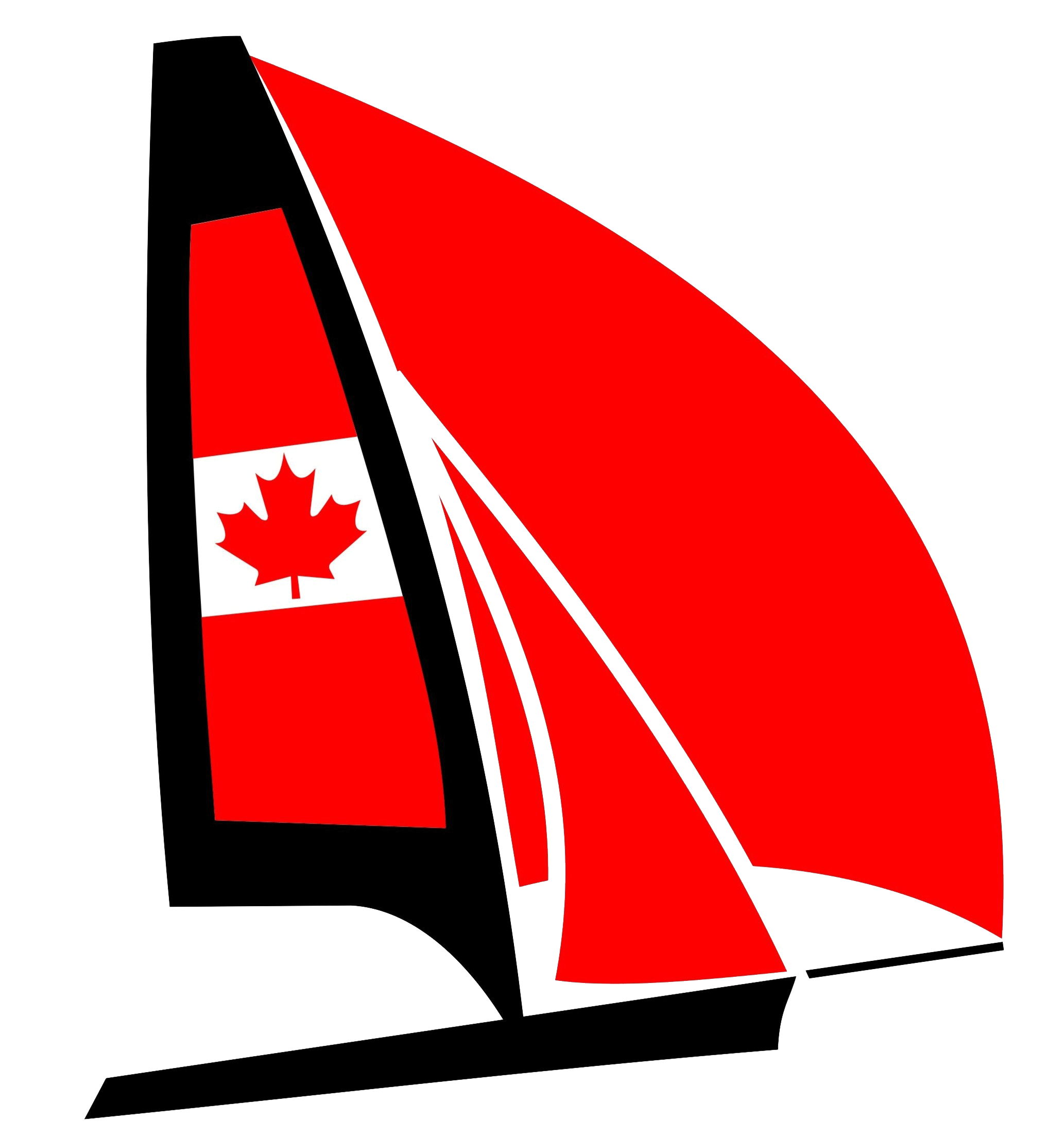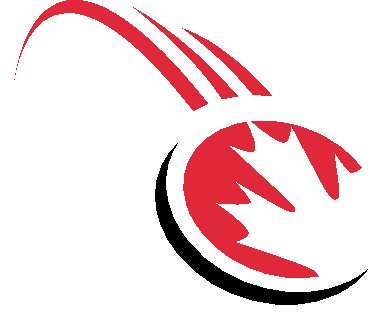Physics of Sailing (pt1) - Theory
- SPIN Sailing
- Nov 25, 2018
- 5 min read

The 49er is one of the most high performance, one-design boats to ever be developed; the apparent boat speed relative to wind velocity was the highest of any double handed monohull until the recent application of hydrofoiling. The thorough design of the 49er, built off of the Bethwaite’s development in skiff sailing, allow the boat to break through certain plateaus such as planing and apparent wind sailing. It has also changed many aspects of racing such as race course layout, time, angles, rules, and athlete development/career path. While the 49er is a pure racing class and is revolutionary in many aspects, the physics and principles of sailing generally remain the same across all boats. The theory of how the boat is propelled through the water is not something you think about much if at all while sailing, but the understanding of the principals is very important; this knowledge is the base for steering, sail trimming, and boat heel control. In this first article of a two part series, we will talk about the theories and properties involved before explaining in the second piece detailed actions to utilize this information.
Center of effort

Sails create force by the physical principles of air passing over an airfoil. This is the main force that facilitates movement. The shape of the sail (like the shape of an airfoil) bends the flow of air. This in effect, forces a change of momentum in the flow, which causes the air to exert a force onto the sail. This force is split into the lift force and drag force. Lift propels the sail to leeward and forward, drag is the force pushing the sail backwards. The bend of flow around the sail also results in a pressure gradient between the two sides of the sail. The air on the leeward side of the sail moves faster and therefore creates an area of lower pressure. The slower moving air on the windward side of the sail creates an area of higher pressure. These pressure gradients generate the main forces acting on the sail. The center of effort is the combined force or lift that is generated across the total area of the current sail configuration. The point of the center of effort is the point where a single force vector acts on the boat that is the equivalent of all the force vectors generated by the sail.
Center of lateral resistance
While center of effort must be the main aspect in boat movement, without lateral resistance the force cannot be directed and there is no control in movement. The center of lateral resistance is the opposing force to center of effort. This force is generated by high and low pressures in the water flowing across all appendages (including main foil, rudder, and the hull). When sailing

upwind, it is not desirable to slip sideways to leeward, but it is actually this act which allows symmetrical foil shapes to create a non-zero angle of attack and generate lift. This marginal side slip alters the angle at which the water is contacting the foil, then as it passes over and exits the foil it is redirected. This change in angle causes the water to flow over the two sides at different velocities generating the high and low pressures and therefore lift. Like center of effort, the point of lateral resistance is averaged across the total area of surface below the water to find the center point of force.
Center of mass
The center of mass is the final ingredient in the recipe for boat speed. As the center of effort is acting on the sails and the center of lateral resistance acts on the foils, a force moment is generated around the center of mass of the boat (with no crew) causing it to want to heel to leeward. In small boats like the 49er, the center of mass is above the waterline - an unstable configuration. The more the boat heels, the more it tends to heel. Moving the crew’s body weight around and using leverage methods like trapezing we are maximizing the combined mass as far to windward as appropriate to oppose the difference in the forces of center of effort and center of lateral resistance. In keel boats the mass is centered well below the water line. As the boat heels over, the center of mass (primarily located in the keel) is moved to windward counteracting the center of effort. As the boat heels and the center of mass is moved outboard, the sail effectively generates less power as less surface area is exposed to the wind. As these two reactions occur, at a critical point the center of mass and center of lateral resistance will balance and the boat will maintain an angle of heel.
Control
The control of these force vectors is what sailors are concerned about while on the water. Adjusting each aspect separately you can manipulate the average point of force causing the boat to sail and react differently. By balancing the strength and position of the three forces the boat will sail efficiently in a straight line, or by adjusting one or more you can influence the boat to heel and turn. First in the case of center of effort, by adjusting the trim of a sail you can alter the for-aft and vertical position of the force. For example, on a two sail setup with forces balanced you can ease the main sail to shift the center of effort forward and with no other adjustment you will begin to bear away (the center of effort is further forward than the lateral resistance causing the boat to pivot between the two forces). It is the same for lateral resistance; by raising a dagger board it reduces the lift and shifts the vector further back, also causing the boat to turn down. The control of center of mass is the most versatile adjustment available. Not only by moving mass will it affect the potential force generated by the sails, but by moving weight for-aft it alters how the boat sits in the water and therefore the positioning of the center of lateral resistance. To expand, shifting mass back in the boat will cause the bow to rise and the stern to sink. This translates to more surface area in the water towards the stern bringing the center of lateral resistance back with it.
To conclude, the understanding of these theories are something that can greatly improve a sailors ability. Spending hours on the water, Olympic athletes are developing a physical feel in the boat along with using their knowledge of the forces to improve boat speed and handling; countless situational exercises such as straight line speed or mark roundings enforce the movements optimal to balance these vectors and maximize performance. While Olympics are a game of meters and seconds, these theories can be helpful to any sailor. Proper utilization makes for significantly smoother and safer sailing as you can effectively control how the boat reacts as well as anticipate changes necessary for the conditions.






